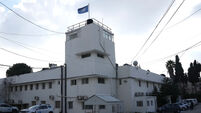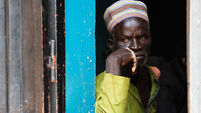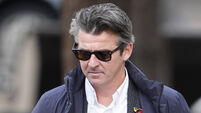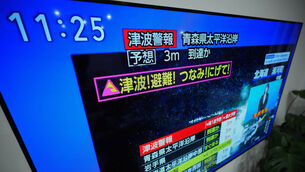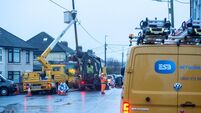Satellite technology to help farmers
Rather than analyse the weather and topography of large swathes of land, the system divides fields into smaller microclimates that guide farmers on the best way to work each plot.
It tells them when it is best to plant seeds, when to spray pesticides and even which crop is most suitable for each square-kilometre field, said Uri Dayan, a climatologist from Hebrew University in Jerusalem.
Since the method was published in the Bulletin of the American Meteorological Society in September, Dayan and co-developer Itamar Lensky have been working to develop it into a global interface to help farmers on any continent.
The UN Food and Agriculture Organisation (FAO) has said global food output must rise by 70% by 2050 to meet the needs of an expected 9.1bn people.
Crops are very sensitive to their environment and even the slightest changes can ruin a harvest. Factors like pests, pathogens and weeds cause the loss of over 40% of the world’s food supply, the FAO says.
Lensky, who heads the remote sensing laboratory at Bar Ilan University near Tel Aviv, said their system uses real-time thermal images from NASA and analyses the surface temperature of each plot at a fine scale.
In one application, their system mapped a patch of land that it forecast would be attacked — and when — by heliothis, a moth that causes billions of euro of damage to global agriculture each year. This knowledge allows a more effective use of pesticides.







